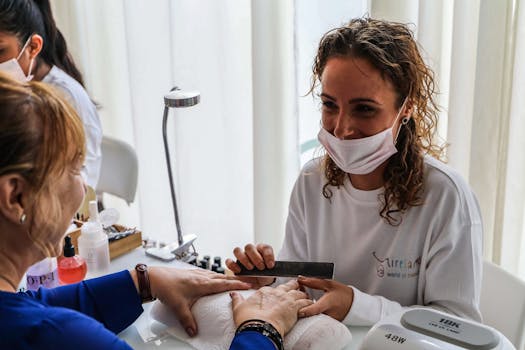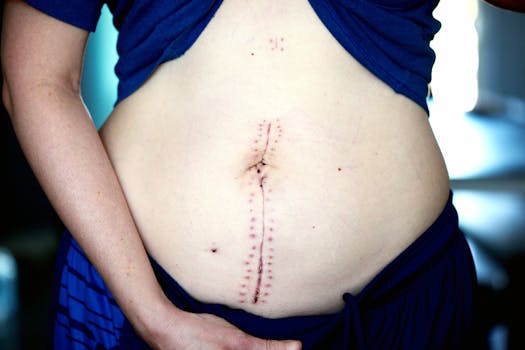Choosing the right approach to soften lines and restore a more refreshed look can feel overwhelming. This practical overview focuses on realistic, evidence-based options so you can compare non-surgical choices, recovery times, and likely results. The best non surgical wrinkle treatment depends on your skin type, the depth of wrinkles, and your goals—so read on to learn what each option can and cannot do.
Best non invasive procedure for wrinkles: a quick comparison
Non-invasive anti-aging treatments span injectables, energy devices, and resurfacing techniques. For many people the decision narrows to a few categories:
- Neuromodulators (Botox, Dysport) for dynamic lines
- Dermal fillers (hyaluronic acid, calcium hydroxylapatite) for volume loss and tear troughs
- Laser resurfacing and fractional lasers for texture and fine lines
- Microneedling with or without radiofrequency for collagen stimulation
- Ultrasound or radiofrequency skin tightening for mild laxity
- Topical prescription regimens (retinoids, growth factors) as daily maintenance
How to pick the best cosmetic procedure for wrinkles
Start by identifying whether your lines are dynamic (caused by muscle movement) or static (present at rest). Dynamic lines often respond best to neuromodulators, while static lines and volume loss are more likely to improve with fillers or resurfacing. Your practitioner should discuss realistic expectations, downtime, and combination strategies. For example, combining fillers with laser resurfacing can address both volume and surface texture.
Non-invasive options that work well together
Many non invasive wrinkle treatment plans use a layered approach: a neuromodulator to soften movement, fillers to restore lost volume, and periodic resurfacing to improve texture. If you’re wondering about cheek wrinkles treatment specifically, fillers combined with collagen-stimulating procedures (like microneedling with PRP) often provide meaningful improvements without surgery.
What about maintenance and at-home care?
Daily skin care plays a critical role. A regimen that includes sunscreen, antioxidants, and prescription-strength retinoids supports and extends the results of in-office procedures. This is central to finding the best face treatment for aging skin long-term. Non invasive anti aging treatments are most durable when paired with consistent home care and sun protection.
Who benefits from a non-surgical facelift?
Patients seeking subtle rejuvenation without general anesthesia often prefer non surgical procedures to look younger. For people over 60, a non surgical facelift may be an excellent first-line option; however, deeper skin laxity sometimes requires surgical lifting. If you’re specifically researching the best non surgical facelift for over 60, consult a provider experienced with age-appropriate goal-setting—expect modest, natural-looking improvements rather than dramatic repositioning.
When to consider surgery
If drooping skin, deep jowls, or significant neck laxity are your primary concerns, a surgical procedure to remove wrinkles and reposition tissues may offer longer-lasting and more dramatic results. That said, many patients combine surgical and nonsurgical approaches over time to maintain contour and skin quality.
For contrast between surgical cost and recovery expectations in another area of cosmetic surgery, you can read about fat transfer breast augmentation cost and what to expect, which illustrates how procedure choice affects downtime and finances in aesthetic medicine.
Safety, downtime, and realistic results
Most non invasive wrinkle treatment options have minimal downtime: neuromodulators and fillers often allow a return to normal activities within a day or two, lasers may require a week of recovery, and microneedling may cause a few days of erythema. Common side effects include bruising, swelling, and temporary redness. Serious complications are rare but can occur, so choose a qualified, credentialed clinician and ask about product choice, injection technique, and safety protocols.
Evidence and background
Understanding the biology of aging skin helps you set expectations—loss of collagen and elastin, thinning dermis, and cumulative sun damage are the main drivers of wrinkles. For a concise explanation of how skin changes with age, see the National Institute on Aging’s overview: How skin changes as you age (NIA).
Practical next steps
- Book a consultation with a board-certified dermatologist or plastic surgeon who offers multiple non-invasive modalities.
- Ask to see before-and-after photos of patients with similar concerns and age.
- Discuss a staged plan: immediate treatments, mid-term boosters, and long-term maintenance.
- Factor in costs, recovery time, and how each option aligns with your timelines and goals.
Brief FAQ
- Q: How long do non-surgical results last?
A: Duration varies: neuromodulators 3–6 months, fillers 6 months to 2+ years depending on product, and energy-based treatments can have results lasting a year or more with maintenance.
- Q: Can non-invasive treatments remove deep wrinkles?
A: They can significantly improve deep wrinkles, especially when volume loss is a factor, but the deepest creases may require surgical options for the most dramatic correction. Combining approaches often yields the best outcome.






